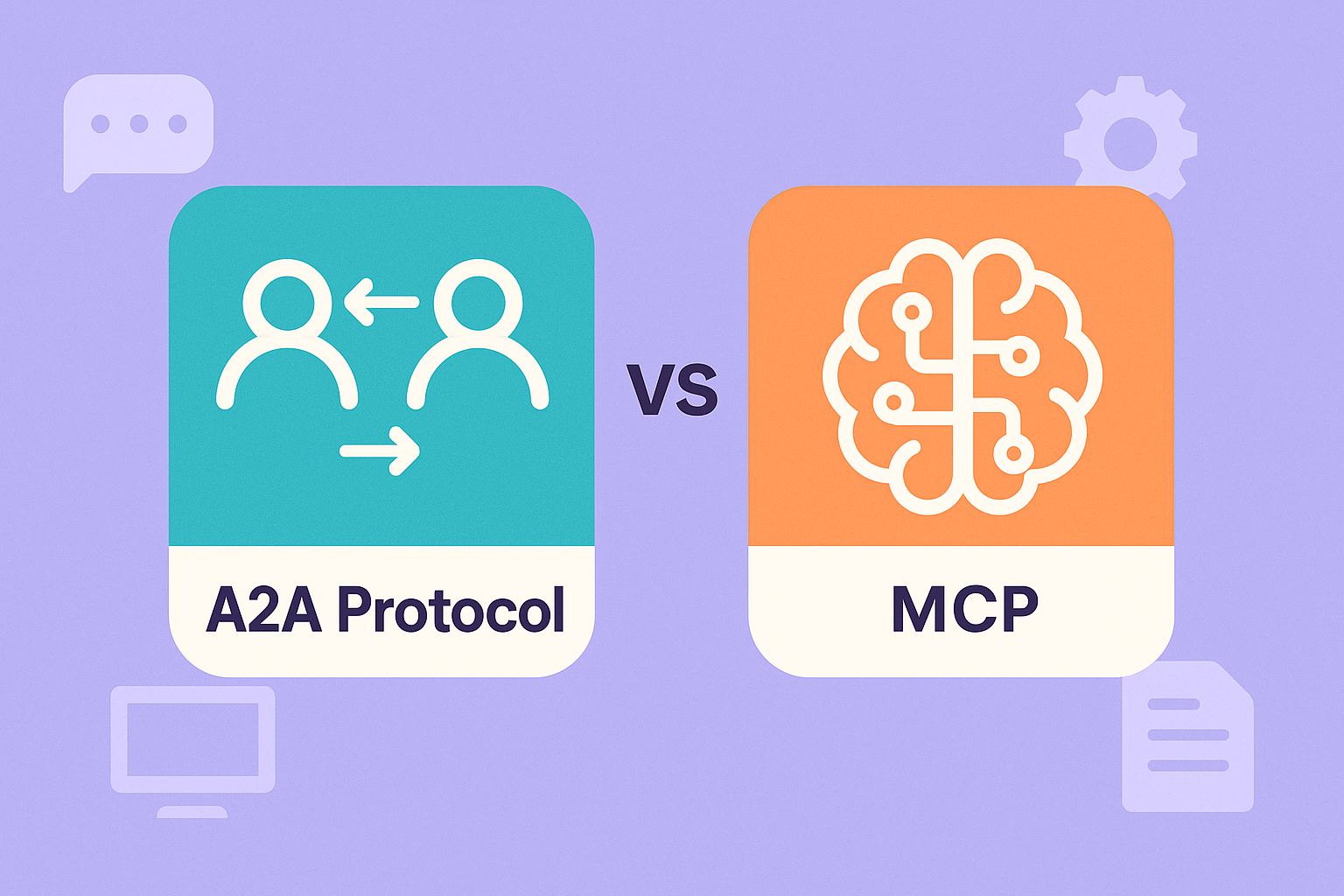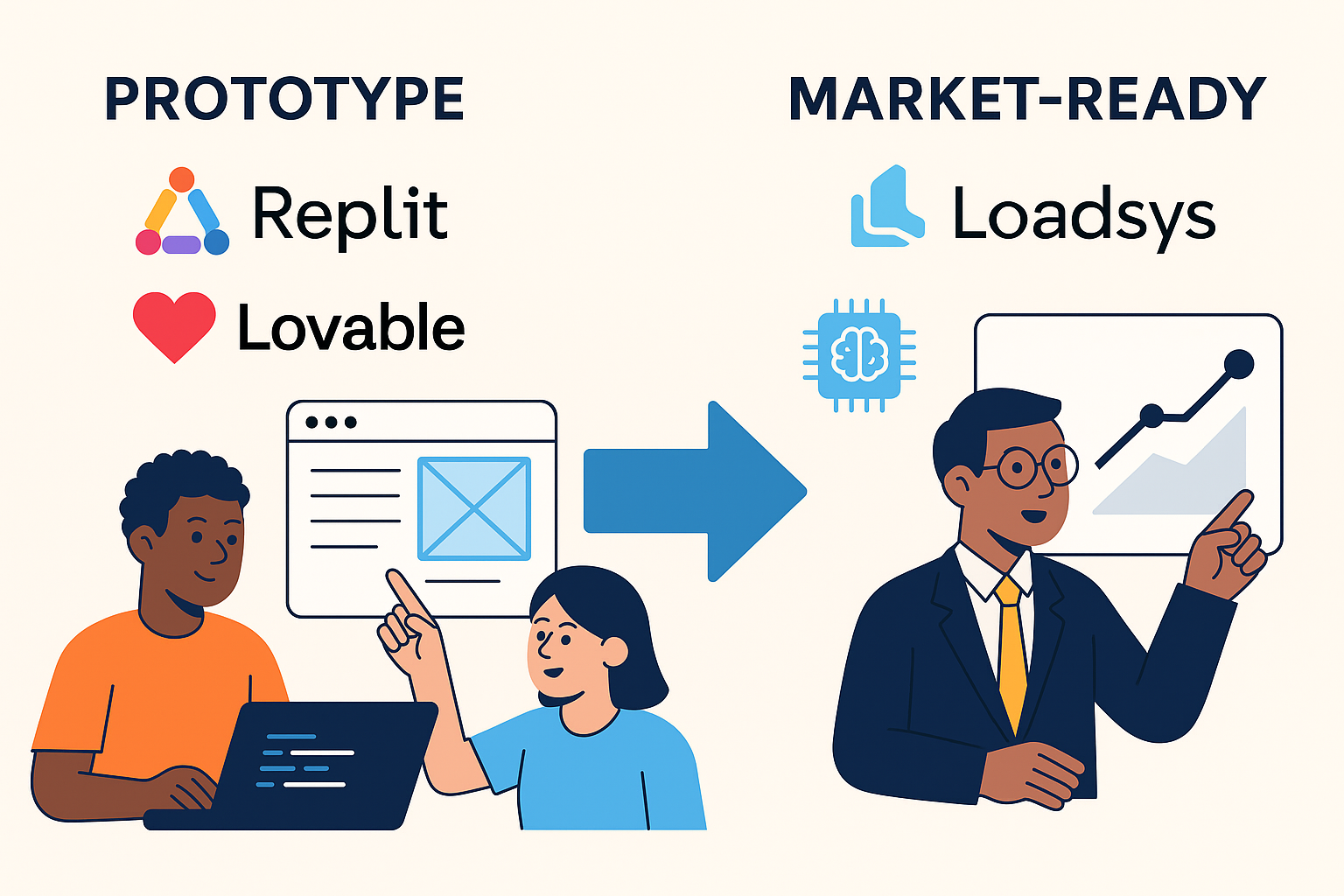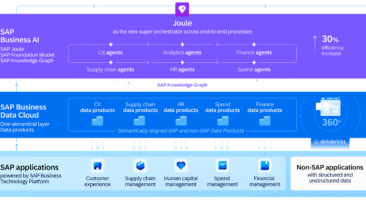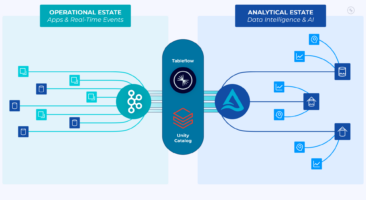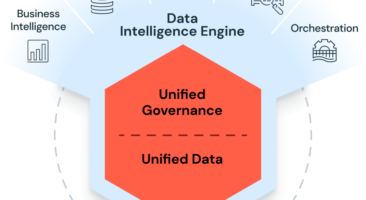Latest Technology: The Internet of Things (IoT) and its Business Benefits
The billions of physical devices that are found all over the world which are connected to the internet are known as the Internet of Things, or IoT. These devices are constantly collecting and sharing data. When the various objects are connected together and sensors are added, devices are able to communicate real-time data without the involvement of humans. Because of the IoT, it is now possible to merge the physical and digital worlds. The combination of abundant wireless networks and super-cheap computer chips that are now available makes it possible to turn something very small into part of something very big. For instance, it is now possible to turn something the size of a pill or something as large as an airplane into a section of the IoT.
Examples of Internet of Things Devices
As long as an object can be connected to the internet and it can be controlled or it communicates data, it is possible to convert it into an IoT device. Take for instance a smart light bulb which you can switch on with the use of a smartphone app; that light bulb is an IoT device. Similarly, a smart thermostat in your home or office is also an IoT device. An IoT device can also be something as fun as a child’s toy or something more useful like a driverless vehicle. You can also find bigger objects like jet engines which have many smaller IoT components. Advanced jet engines are filled with thousands of sensors which collect and transmit information, ensuring that they are functioning at optimal levels.
Benefits of the Internet of Things for Business
IoT has two significant features: automation and connectivity. Automation has to do with direct communication between distinct devices and other types of hardware without any interference by humans. Connectivity, on the other hand, has to do with improved connections within a single network on a global scale. These connections allow simple access to different types of data. In as far as business is concerned, IoT has several benefits including:
Enhanced Staff Productivity and Minimized Human Labor
One of the main benefits of incorporating IoT solutions into your business is that routine tasks can be done automatically. This means that human resources can be focused on tasks that are more difficult or creative and that require human skills. As such, you can reduce the number of employees, resulting in less business operation costs.
Improved use of Business Assets and Resources
Interconnected sensors help to implement automated monitoring and scheduling, and the result is that resources are used more efficiently. Resources that can be used more efficiently include power and water. For instance, using simple motion detectors can help to significantly reduce your water and electricity bills. The end result is a business that is not only more productive, but also more eco-friendly.
Economical Operations
If your maintenance and other manufacturing requirements such as the supply of raw materials are scheduled and controlled automatically, your equipment can have a higher production rate. An improved production rate means increased profits.
The current capabilities of IoT solutions are quite remarkable. And, there is no denying that this is one of those digital technologies that are set to advance even more in the nearest future.










